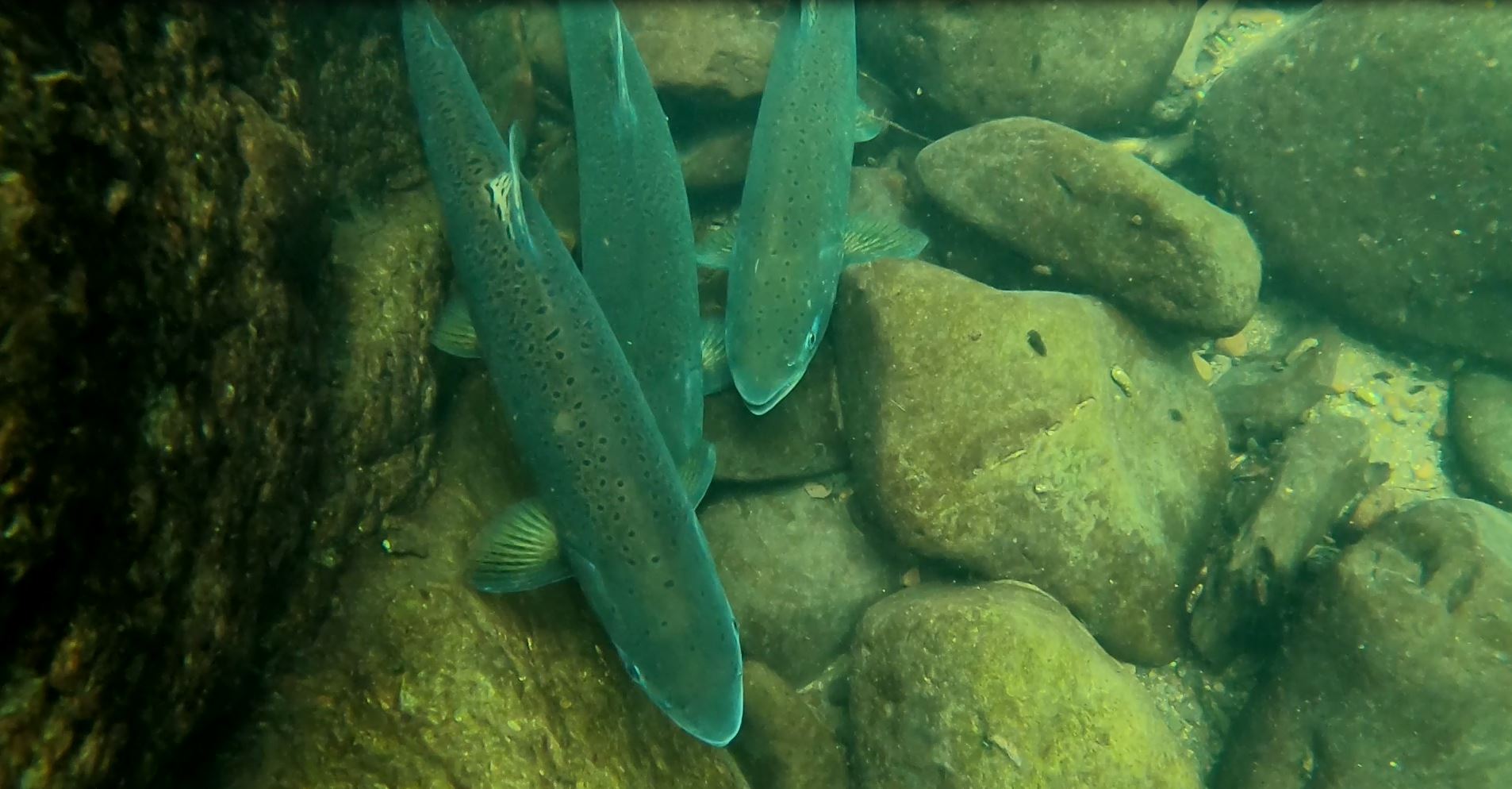The water garden ecosystem in the Mount Pisgah Arboretum is a structurally diverse channel with many ponds and riparian woodlands. It is one of the higher diversity areas that is within public ownership and would provide habitat for the threatened western pond turtle and red-legged frogs. Its abandonment is causing this ecosystem to be threatened by invasive species. There is quite a bit of Armenian blackberry, but Canary reed grass poses the biggest threat with around 25% of the water garden pond area being affected by it. Western Pond Turtles, Red legged frogs, and waterfowl use logs to bask on but the current logs are too close to viewing areas causing them to flee.
SOLUTION
In response to the invasive species, we use mechanical excavation to remove large populations, manual removal to remove smaller populations surrounded by natives, and regular mowing to control invasive species and prevent seed development. After removal, Carex obnupta plants were dug from various places around the Arboretum (still maintaining good population densities) and replanted in and around excavation sites. A vegetative buffer of Holodiscus discolor, Ribes sanguinium, Cornus nuttallii, Polystitchum munitum and Acer circinatum was introduced to keep blackberry from re-colonizing and will provide berries for local birds, insects, and mammals. A turtle basking site was installed upstream of the Adkinson bridge and anchored to cement block to hold it in place.
RESULTS
Since excavation of invasive species and replanting of native was complete, Wood and Mallard ducks have been seen swimming in the restoration area. On the second day of construction, western pond turtles were already spotted using the basking logs. The log structure successfully remained anchored through out the winter high water events.

Site 2: Hand pull RCG, replant with Can!J(. Juncus
Site 3: Cut and hand pull RCG, replant with Carex. Juncus
Site 4: Hand pull Blackberry and planted Ribes, Polystitchum, Acer, Holodiscus, Comus, Asclepias
Site 5: Cut and hand pull RCG, replant with Carex, Juncus Site 6: Machine excavation of RCG, replant with Can!X, Juncus, Heradeum
Site 7: Turtle basking log placement




